Scalable deployment for networks
Blocksense helps L1s and L2s access high-quality oracle data, fast and without vendor lock-in.
Powering verifiable services with trustless execution at internet scale.





















Feeds running on testnets and mainnets for DeFi, synthetic assets and long-tail markets.
Actively running on major Mainnets & Теstnets.
Discord followers tracking our progress as we scale the web3 oracle infrastructure.
Oracle reporters fetch off-chain data, reach consensus via hidden SchellingCoin voting, and publish ZK-verified results with minimal on-chain cost.
Blocksense helps L1s and L2s access high-quality oracle data, fast and without vendor lock-in.
Blocksense reduces the publishing overhead that traditional oracles suffer from.
Blocksense supports truly customizable oracle feeds without centralized control.

Blocksense is a zkRollup-based oracle network for verifiable data and compute. It lets developers deploy programmable oracle scripts that bring real-world data on-chain without gatekeeping or centralized curation.
From DeFi price feeds to prediction markets, gaming oracles, and verifiable AI agent workflows. You define the logic, sources, and frequency to support both traditional and next-gen oracle use cases.
Blocksense offers programmable feeds, SDK-based deployment (with full self-serve coming soon), and ZK-powered batching that reduces on-chain publishing costs by up to an order of magnitude. Unlike curated oracle networks, Blocksense enables custom, long-tail, and vertical-specific data feeds.
Zero-knowledge proofs validate feed execution and voting correctness without revealing votes or identities. Blocksense batches thousands of updates into a single zkRollup block for gas-efficient publishing. ZK is also used for compression, consensus, and upcoming zkTLS interactions with the internet. And last but surely not least, ZK enables the SchellingCoin consensus mechanism, pioneered in other protocols, to become truly collusion-proof and bribery-resistant in Blocksense.
You can start by integrating existing feeds or building your own using the Blocksense SDK. The SDK lets you define oracle scripts with specific data sources, logic, and update conditions. The network handles execution, reporting, and delivery across EVM chains, rollups, and ZK-based systems.
Blocksense is live with programmable oracle feeds on a trusted validator set of industry-leading node operators. Upcoming milestones include permissionless deployment, zkTLS-powered read/write, request/response models, and general-purpose compute. zkSchellingCoin launches in late 2025 alongside expansions into risk modeling, AI inference, and appchain integrations.